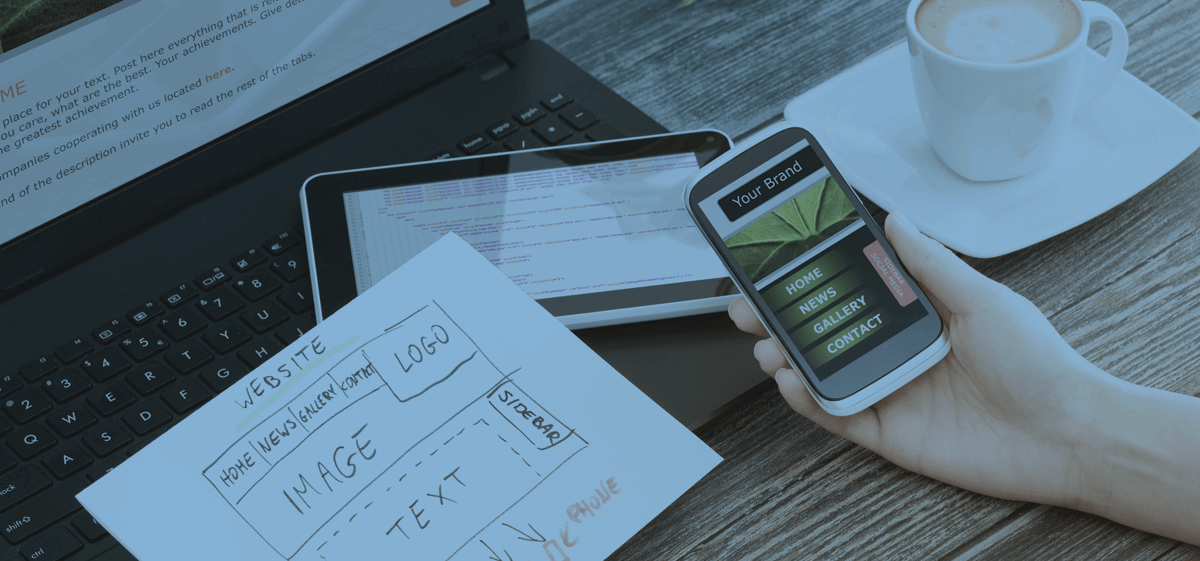Get your free consultation today!
Share with your Colleagues
Categories
ROI Calculator
Moonstone Interactive is the only San Francisco Bay Area web design firm and Internet Marketing expert that offers a free online ROI Calculator
Author: Steve Herz

In the world of digital product design, the blend of user interface (UI), graphical user interface (GUI), and user experience (UX) is crucial for creating compelling, intuitive, and efficient applications. This blog post explores the harmony between these elements, highlighting how their integration leads to highly functional and user-friendly building products.
Decoding the Basics: UI, GUI, and UX
Understanding the UI vs UX meaning is the cornerstone of effective design. UI, or user interface, encompasses the layout and visual elements users interact with on a digital platform, including buttons, text, images, and sliders. The graphical user interface extends this concept, focusing specifically on the graphical aspects of the interface, making interactions more intuitive through visual cues. Meanwhile, UX, or user experience, refers to a user's overall experience when interacting with a digital product, influenced by how easy or pleasing it is to use.
What does UI and UX mean for designers? It signifies a dual focus on a product's aesthetic aspects (UI) and the practical, experiential quality of user interaction (UX). The goal is to achieve a balance where UI design description meets user needs with minimal effort, highlighting the difference between UX and UI designer roles while emphasizing their need for collaboration.
The Craft of Online UI Design
UI online design is both an art and a science, requiring a deep understanding of users' needs and preferences. It involves selecting the correct UI UX elements that look good and function seamlessly across different devices and platforms. Effective UI design enhances usability, ensuring users can navigate and interact with a product effortlessly.
Incorporating UI design description elements that resonate with users while aligning with the overall UX strategy is vital. UI design includes thoughtful color schemes, typography, and layout structures that guide users through their digital journey, making the process intuitive and enjoyable.
Synergy in UI and UX
While discussing what UI and UX mean, addressing their interdependence is essential. A stunning UI design can fall short if the UX doesn't meet users' expectations for ease and functionality. Conversely, a product with an exceptional UX might only attract its intended audience with a visually appealing UI.
Creating a product that embodies the best of both worlds requires a deep understanding of the UI UX elements. Designers must ensure that every visual element serves a purpose, enhancing the user's journey by making it more logical, coherent, and engaging. This synergy is what sets apart successful digital products from the rest.
GUI's Impact on User Experience
The graphical user interface plays a pivotal role in enriching the user experience. By leveraging visual components effectively, GUI makes interactions more engaging and less prone to errors. It allows users to easily navigate complex functions, making technology accessible to a broader audience.
Integrating GUI effectively means considering how visual elements like icons, menus, and buttons can simplify interactions and make the user's journey more intuitive. GUI is where the art of design meets the science of usability, ensuring that every graphical element contributes positively to the overall UX.
The Distinct Roles of UX and UI Designers
The difference between UX and UI designer roles is fundamental to the design process. UX designers focus on the overall use of the product, aiming to enhance user satisfaction by improving usability, accessibility, and pleasure when interacting with the product. On the other hand, UI designers concentrate on how the product is laid out. They design each page or screen, ensuring the UI visually communicates the path a UX designer has laid out.
Collaboration between UX and UI designers is essential to create visually appealing, highly functional, and user-centric products. By understanding and respecting the unique contributions of each role, teams can make more cohesive and intuitive digital products.
The Evolution of Design Integration
As digital products become more complex, the integration of UI, GUI, and UX will only grow in importance. Future trends indicate a move towards more personalized, adaptive interfaces that anticipate user needs and preferences, making interactions more intuitive and seamless.
In this evolving landscape, the ability to blend aesthetics with functionality, making technology accessible and enjoyable, will be the hallmark of successful digital products. Designers must continue to innovate, ensuring that UI, GUI, and UX work harmoniously to create experiences that are not just usable but genuinely delightful.
Achieving harmony in design requires a deep understanding of the UI vs UX meaning, the role of the graphical user interface, and the intricate balance between aesthetics and usability. By focusing on the seamless integration of UI, GUI, and UX, designers can create digital products that exceed user expectations and provide experiences that are engaging, intuitive, and profoundly satisfying to the user. Check our User Experience Design services!


